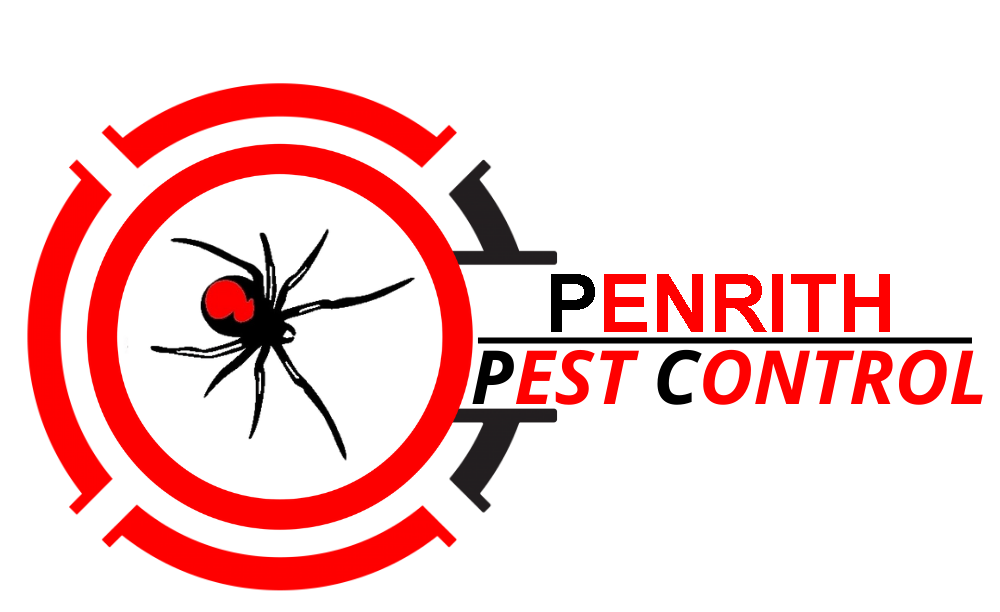IF YOU THINK YOU HAVE A PROBLEM WITH TERMITES
CALL REDBACK PEST CONTROL SYDNEY
ON
1800 733 222 FOR EXPERT ADVICE
No one ever wants to discover that their Local Glenmore Park home or Sydney home has termites.
It’s a homeowner’s worst nightmare!
1 in 3 Sydney homes can get termites, an informed homeowner is far better off than one who ignores the problem.
To protect your home or business from subterranean termites, you need to learn about the behavior of this termite pest and take steps for prevention.
What Are Subterranean Termites?
The various species of subterranean termites do more damage than any other termite types found in Glenmore Park. Subterranean termites build elaborate tunnels or “mud tubes” that allow them to find food and to avoid contact with daylight.
With their saw-like crushing jaws, these voracious insects eat wood fragments one-by-one, until they’ve done Major damage to a building, even to the point of that the structures can collapse.
The Advantage’s of using a Chemical – Termidor termite barrier ®
- → Unique Transfer Effect™ for unmatched chemical control
- → Complete Elimination of Termite activity
- → Long-term Lasting Control Over 5 years minimum
- → Low Dose – Non-Repellent – Water Based
- → Safe on soil micro-organisms, earth worms and plants
- → Safe to use in all residential and commercial Property’s – non toxic.
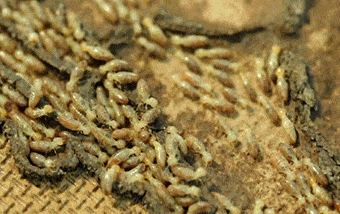
Termite Control
One of the main termite methods used around the perimeter of the property is – Drill and Inject method includes drilling holes every single 150mm-200mm separately through the tiles or concrete and injecting an amount of termiticide in each hole.
These holes are then resealed.
A soil insecticide is a chemical barrier in the case of Fipronil, it works as a transfer affect, which can eliminate termite access to a structure and destroy the nest.
Termiticides, FIPRONIL Chemical is applied to the exterior Perimeter of you property.
CONCRETE SLAB HOMES
Homes constructed on concrete slabs pose special problems with respect to termite attack.
If the edge of the slab is concealed by concrete paths, patios, pavers, garden beds, lawns, foliage, etc then it is possible for termites to affect concealed entry into the property.
They can then cause extensive damage to concealed framing timbers. Even the most experienced inspector may be unable to detect their presence due to concealment by wall linings.
Only when the termites attack timbers in the roof void, which may in turn be concealed by insulation, can their presence be detected.
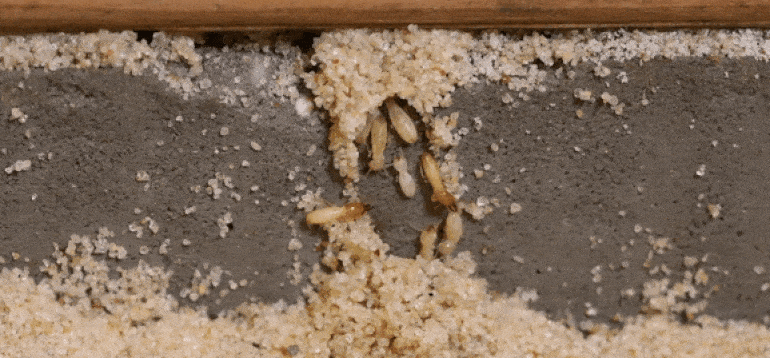
High Risk Subfloors
All subfloor’s should remain clean and dry at all times remove any old timbers and always have good ventilation Recommend to have good drainage to prevent any movement mould or decay. High moisture readings can be caused by any one of the following: poor ventilation, ineffective drainage, leaking pipes, leaking roofs, defective flashing or by concealed termite activity. Any areas of high moisture should be investigated by way of an invasive inspection.Water leaks & Conducive Conditions
Water leaks, especially in or into the subfloor or against the external walls, increases the likelihood of termite attack. Leaking showers or leaks from other ‘wet areas’ also increase the likelihood of concealed termite attack. Hot water overflows should be plumbed away from the building. Water sitting in these areas for long periods of time may affect the structure of the property and attract termites. Poor drainage, especially in the subfloor, greatly increases the likelihood of wood decay and termite attack. Where drainage is considered inadequate a plumber, landscaper or other building expert must be consulted.SUBTERRANEAN TERMITES
No property is safe from termites! Termites are the cause of the greatest economic losses of timber in service in Australia. Independent data compiled by State Forestry shows 1 in every 5 homes is attacked by termites at some stage in its life. More recent data would indicate that this is now as high as 1 in every 3, Australia’s homes are attacked by subterranean termite species, (white ants) are the most destructive timber pests in the world. In fact it can take “as little as 3 months for a termite colony to severely damage almost all the timber in a home”.FOR COMBINED PROTECTION &
UNMATCHED PIECE OF MIND
The unique advantage of this, is it is the only one that it can be used
In combination.
Trelona (ATBS) Home Termite Baiting System
Termite baiting employs a very different approach.
Provides a full service preventative termite control program, with the use of timbers and an all year round active bait.
Killing Power and Efficacy
The Trelona ATBS features a next generation station design with two customized food sources and maximum wood-to-soil contact, quickly generating hits and aggressive recruitment.
The bait matrix in Trelona Compressed Termite Bait is a cellulose material that has been compressed into tablets.
The matrix is a high-grade purified cellulose material that is extremely attractive to termites.
Installation of the Termite Baiting System
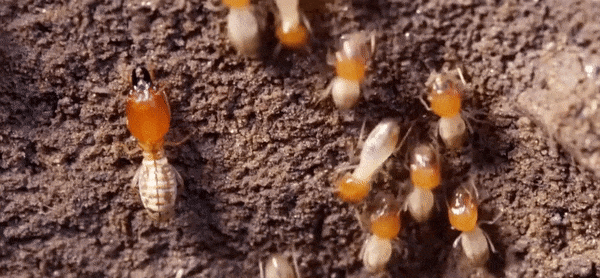 First, we will inspect your home for termites or identify termite “hot spots”, such as air conditioning units, hot water systems; old tree stumps leaky taps, garden beds, fence posts, and bathrooms.
First, we will inspect your home for termites or identify termite “hot spots”, such as air conditioning units, hot water systems; old tree stumps leaky taps, garden beds, fence posts, and bathrooms.
If there are termites or if there is a significant risk of attack from subterranean termites,
Then we will recommend the installation of Tronala termite Baiting In-Ground system and or if active termites are found inside, Above-Ground Termite baits will be installed for immediate control of the colony.
Termites Have Excellent Appetites
How much damage they can do depends on the type and size of the termite, and how long you had termites. They can eat up to two to three times their body weight every day. Since subterranean termites live where moisture is available, they’re most likely to cause the most damage in and around Sydney homes, as we love are gardens and our landscaping, and so do TERMITES.
Most of the time, you won’t have a clue until the damage is already done
Where Can I Find Termite Damage On My Property?
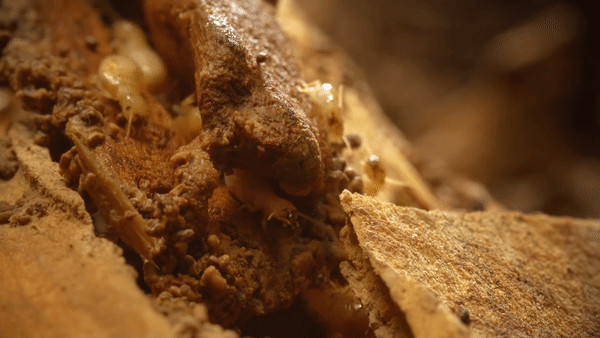 It’s a smart idea to inspect your property periodically looking for signs of termite infestations. Here are a few signs to look for:
It’s a smart idea to inspect your property periodically looking for signs of termite infestations. Here are a few signs to look for:
- Walls can smell like mould or damp
- Mud tubes along walls and the foundation
- Soft or patterns in floors and walls
- Small holes in drywall
- Wood that sounds hollow when tapped
TERMITE FAQ
Q. 1 What do termites look like?
A. Termites are similar in size to ordinary black ants. They are generally pale , some with darkened heads (soldiers). You are more likely though, to see their mud tracks or timber damage first.
Termites like to stay hidden inside timber or their mud leads.
The damage done to timber is typically in channels, or fluted.
Q. 2 How do I know if termites are in my house?
A. A thorough inspection by a trained expert with termite accreditation is the best answer to this question.
There is no single method to prevent termite attack.
There are plenty of ways to minimise termite risk.
We look first for any areas around the property (and beyond) that may be conducive for termite infestation.
What we are looking for are:
Timbers which have ground contact or are close to the ground
Moist areas or places with poor drainage or ventilation.
Termites are a soft-bodied creature, and therefore need a constant source of moisture in order to survive Hidden or inaccessible areas such as bricked in verandahs and subfloors.
A darkened environment suits termites because it harbours moisture and is less likely to be disturbed.
Q. 3 What is the best way to stop termites once they gain entry to my property?
A. A thorough termite inspection is paramount to good termite control we need to locate as many entry points we can.
Followed By chemically treated soil that is in place around termite entry points and the foundations of your property.
The dimensions must be of a height and width that complies with the Standards for termite control.
Followed by the Installation of the Termite Baiting System
Why Choose Redback Pest and Termite Control?
CALL 1800 733 222 NOW!
For peace of mind remember to Book a Regular Termite Inspection from Redback Pest Control
